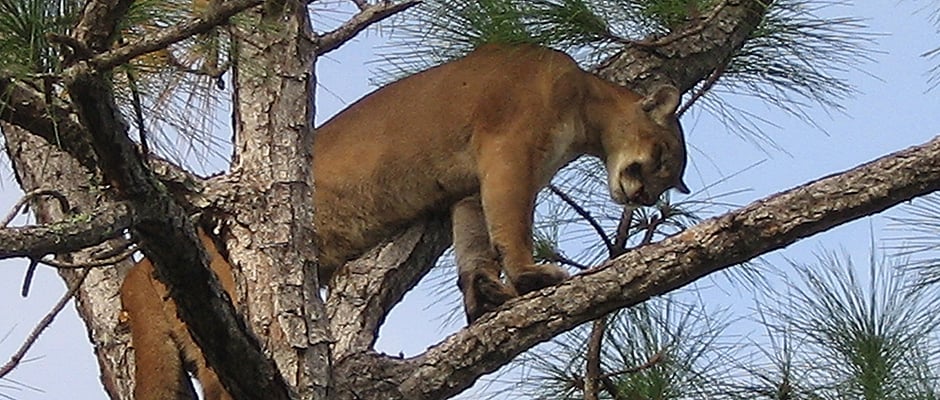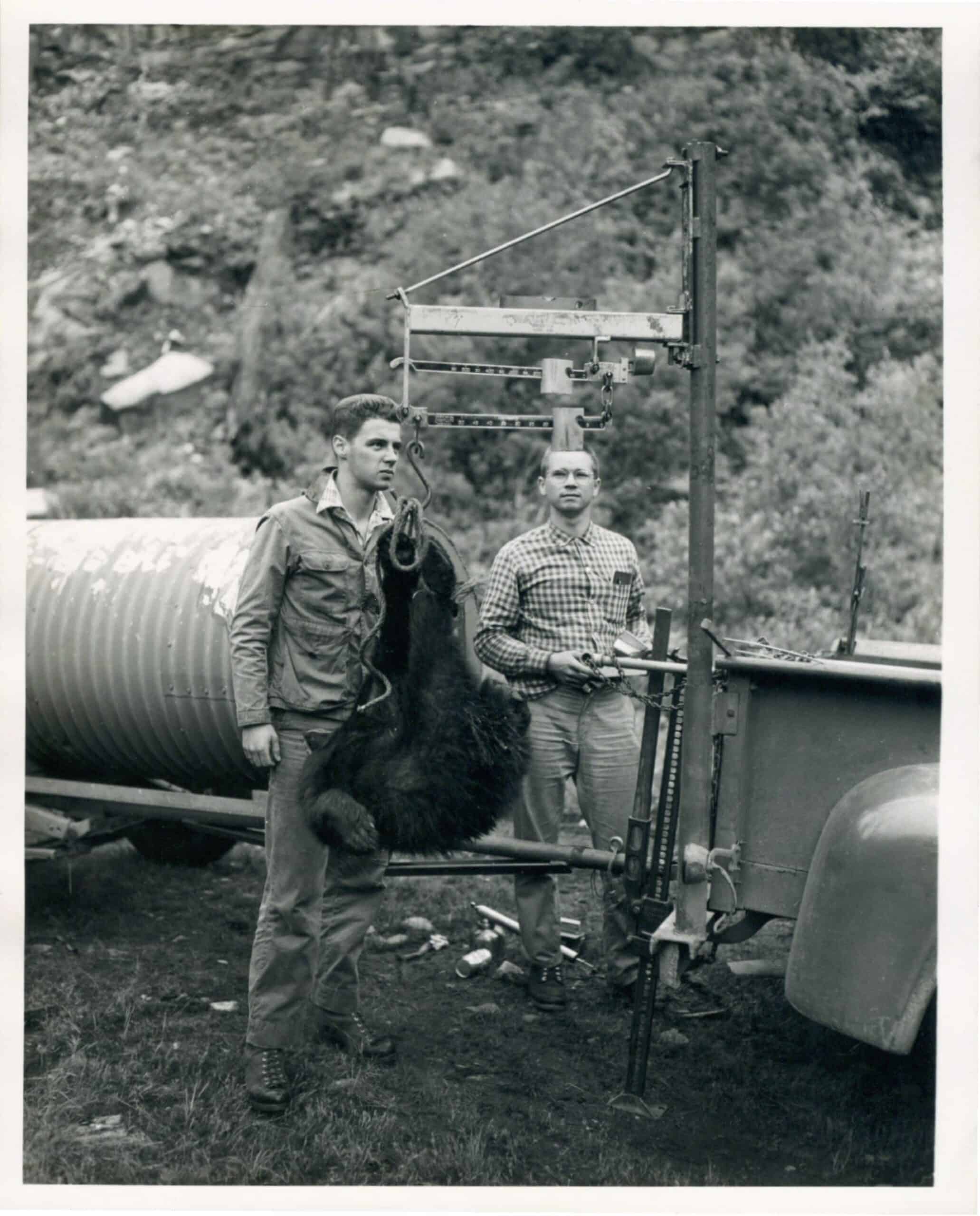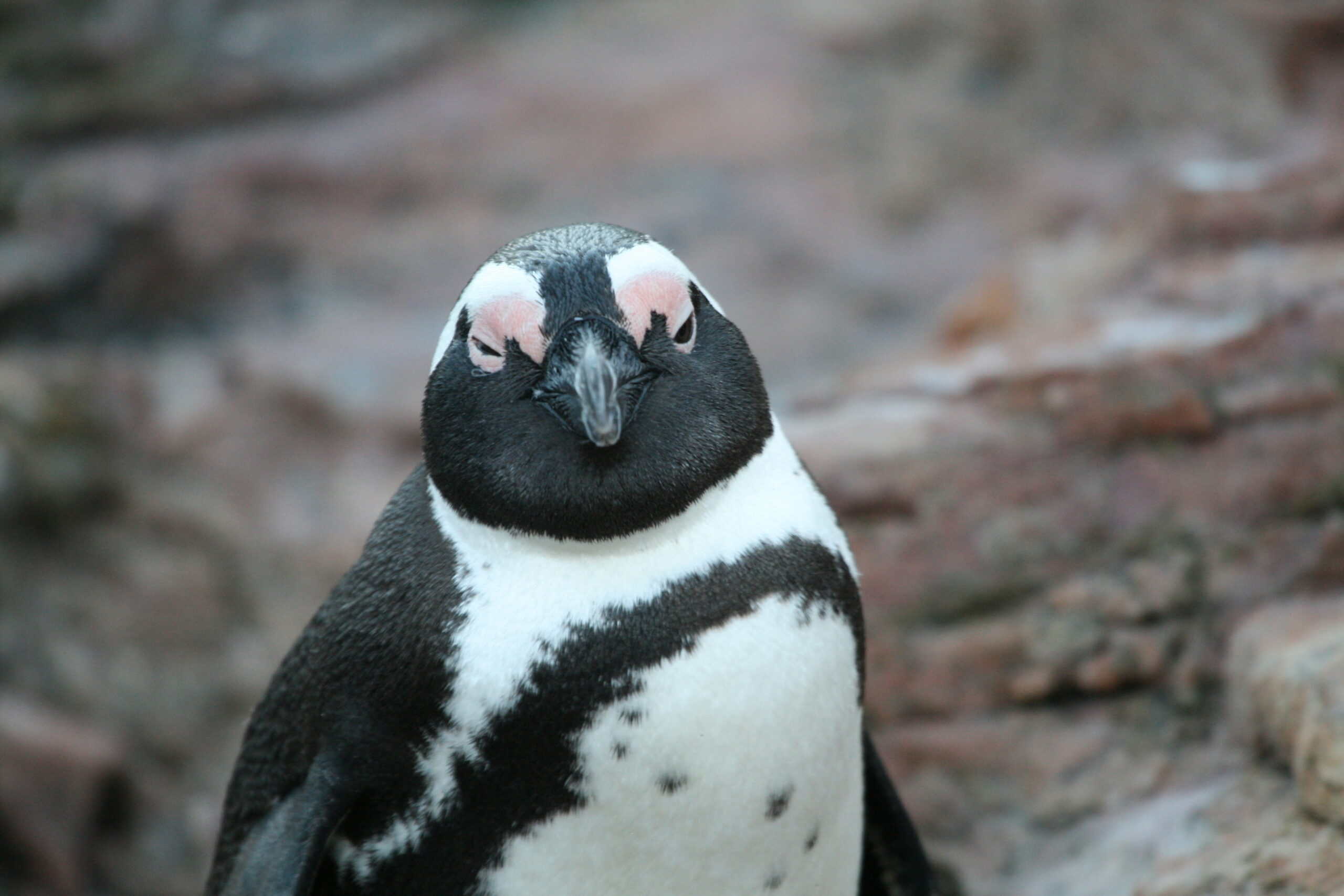Share this article
Conservation Easement Secures Florida Panther Habitat
A conservation easement in LaBelle, Florida has given additional hope to the last remaining subspecies of cougar in the eastern United States.
While the debate rages on about whether or not the Florida panther (Puma concolor coryi) should continue to receive federal protection, The Nature Conservancy (TNC) and the U.S. Department of Agriculture’s National Resources Conservation Service (NRCS) have secured 1,528 acres of the Black Boar Ranch, a privately owned game preserve and cattle ranch. The easement will forever prevent development of the documented panther habitat.
Through their Farm and Ranch Lands Protection Program, the NRCS was able to put up 50 percent of the money for the appraised cost of the land. The Nature Conservancy put up 25 percent, and the last 25 percent was donated by the ranch owner.
“The important part here, and this is the case throughout all of Florida but certainly as it relates to large landscapes, is finding a way to work with those land owners so they can continue to use their land but also prevent those lands from development,” said Greg Knecht, director of protection for TNC in Florida.
Preservation of this land will allow for panthers to safely migrate to historic habitat north of the Caloosahatchee River, as the property is adjacent to a new wildlife underpass on State Road 80.
“Over time the intent is to be able to establish another subpopulation north of the (Caloosahatchee) River,” Knecht said, “Once they get north of the river there’s quite a bit of natural and ranch land for panthers to expand. Getting them north of the river is not only doable, it’s only a matter of time.”
Increasing populations and huge ranges have led to more human-panther conflict and a record 30 vehicle-related panther deaths in Florida last year, although there has never been a recorded panther attack in the state.
“Folks like the idea of panthers and black bears until there’s an issue, principally with predation,” Knecht said, “That’s something that the Fish and Wildlife Service and the Florida Fish and Wildlife Conservation Commission and others are struggling with. How do you educate people about having a large predator in the area and how do you compensate ranchers?”
Florida panther populations bottomed out at 20 to 30 individuals in 1995 despite being one of the original 14 mammals listed under the Endangered Species Act decades earlier. In hopes of creating more genetic diversity, eight female Texas cougars were relocated to Southwest Florida. The population tripled in 10 years and today there are as many as 180 individuals roaming the swamps, ranches and hardwood forests of South Florida. TNC, NRCS, Florida Fish and Wildlife Conservation Commission, Florida DoT, other government agencies and private landowners continue to work together to save the wild feline.
Header Image:
The NRCS and TNC have secured valuable Florida panther habitat through a conservation easement with the privately owned Black Boar Ranch. The large cats are the last remaining subspecies of the eastern cougar and exist only in a small portion of southwestern Florida.
Image Credit: Mark Lotz, Florida Fish and Wildlife Conservation Commission.








